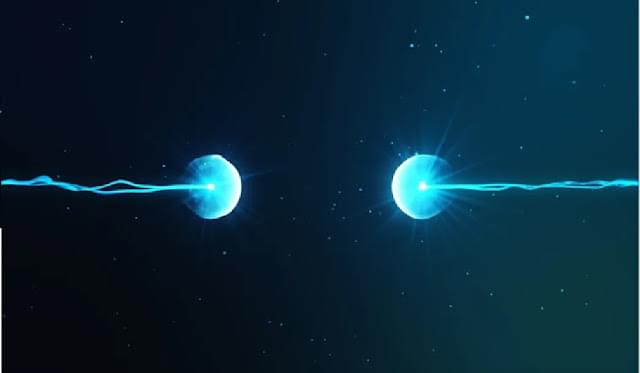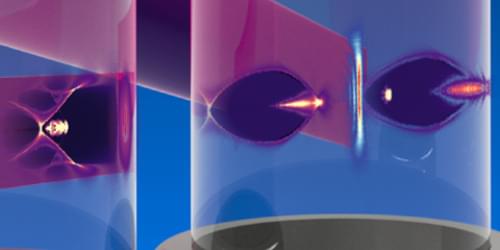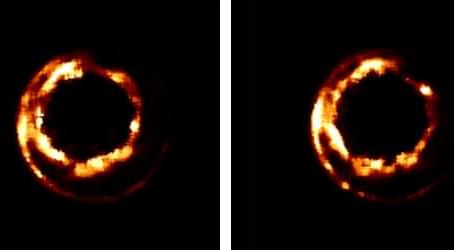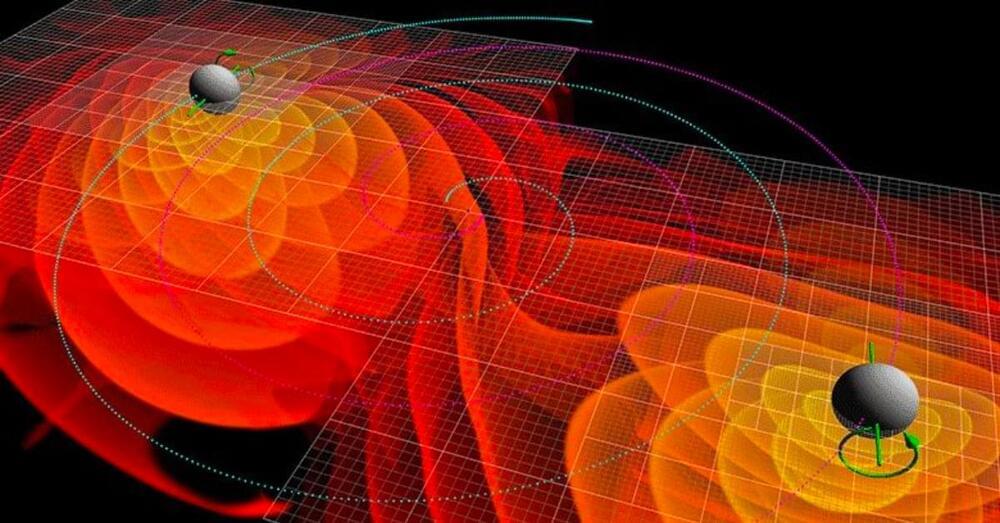Visit our sponsor, Brilliant: https://brilliant.org/IsaacArthur/
Every day brings us new technological advances, today we’ll explore many of those of such as robotics, automation, rapid delivery, education, medical science, nanotechnology, and more.
Episodes referenced in the Episode:
Power Satellites: https://www.youtube.com/watch?v=eBCbdThIJNE
Fusion Power: https://www.youtube.com/watch?v=ChTJHEdf6yM
Quiet Revolution: https://www.youtube.com/watch?v=jvH-7XX6pkk.
The Santa Claus Machine: https://www.youtube.com/watch?v=FmgYoryG_Ss.
Synthetic Meat: https://www.youtube.com/watch?v=_NULFAItoBs.
Cyborgs: https://www.youtube.com/watch?v=cGYKCTFIZLI
Mind Augmentation: https://www.youtube.com/watch?v=aQpYOVvU17Y
Mind-Machine Interfaces: https://www.youtube.com/watch?v=OCLLzI4R3bc.
Life Extension https://www.youtube.com/watch?v=kKmdc2AuXec.
The Science of Aging: https://www.youtube.com/watch?v=RDpjv2z3dyE
Happily Ever After: https://www.youtube.com/watch?v=0ypfzvQ-Q2w.
Attack of the Drones: https://www.youtube.com/watch?v=6oZCUtgnQkE
Advanced Metamaterials: https://www.youtube.com/watch?v=s0UZ6-oeiIE
Portable Power: https://www.youtube.com/watch?v=ffXqcf48D9Q
The Nuclear Option: https://www.youtube.com/watch?v=3aBOhC1c6m8
Moon: Industrial Complex: https://www.youtube.com/watch?v=y47MMNqKGxE
Machine Rebellion: https://www.youtube.com/watch?v=jHd22kMa0_w.
The Paperclip Maximizer: https://www.youtube.com/watch?v=3mk7NVFz_88
Technological Stagnation: Coming Soon.
Non-Carbon Based Life: Coming Soon.
Visit our Website: http://www.isaacarthur.net.
Support us on Patreon: https://www.patreon.com/IsaacArthur.
SFIA Merchandise available: https://www.signil.com/sfia/
Social Media:
Facebook Group: https://www.facebook.com/groups/1583992725237264/
Reddit: https://www.reddit.com/r/IsaacArthur/
Twitter: https://twitter.com/Isaac_A_Arthur on Twitter and RT our future content.
SFIA Discord Server: https://discord.gg/53GAShE
Listen or Download the audio of this episode from Soundcloud: Episode’s Audio-only version: https://soundcloud.com/isaac-arthur-148927746/new-technologi…-the-cards.
Episode’s Narration-only version: https://soundcloud.com/isaac-arthur-148927746/new-technologi…ation-only.
Credits:







